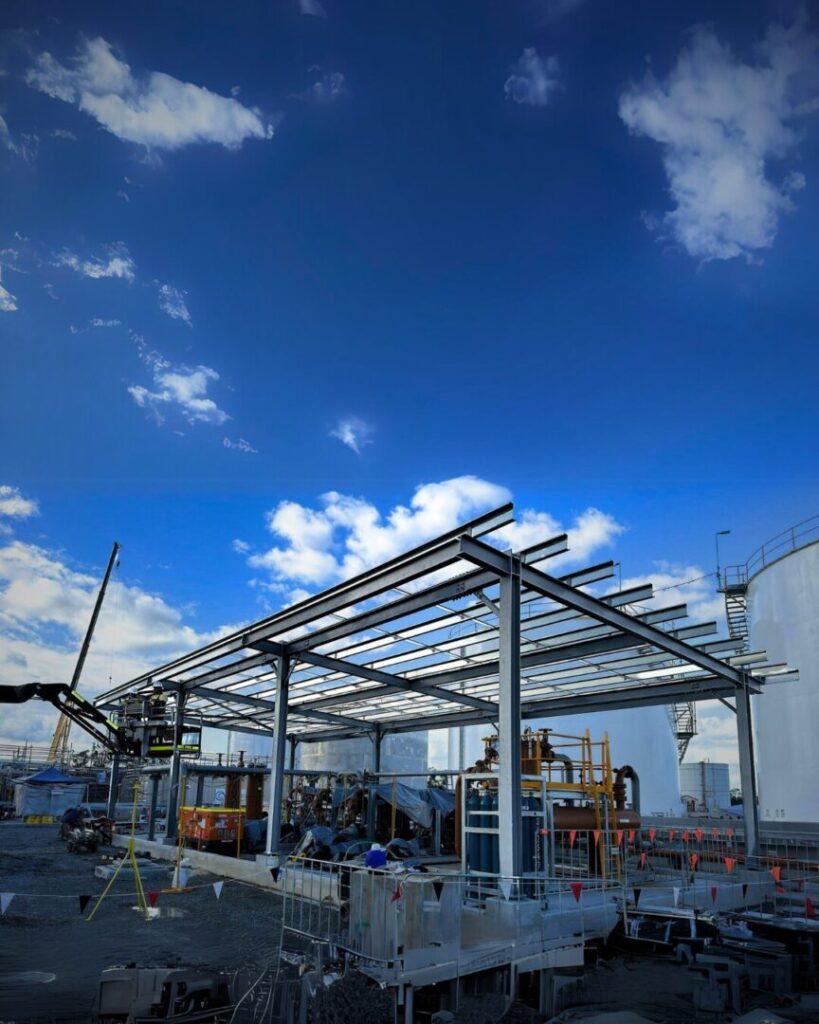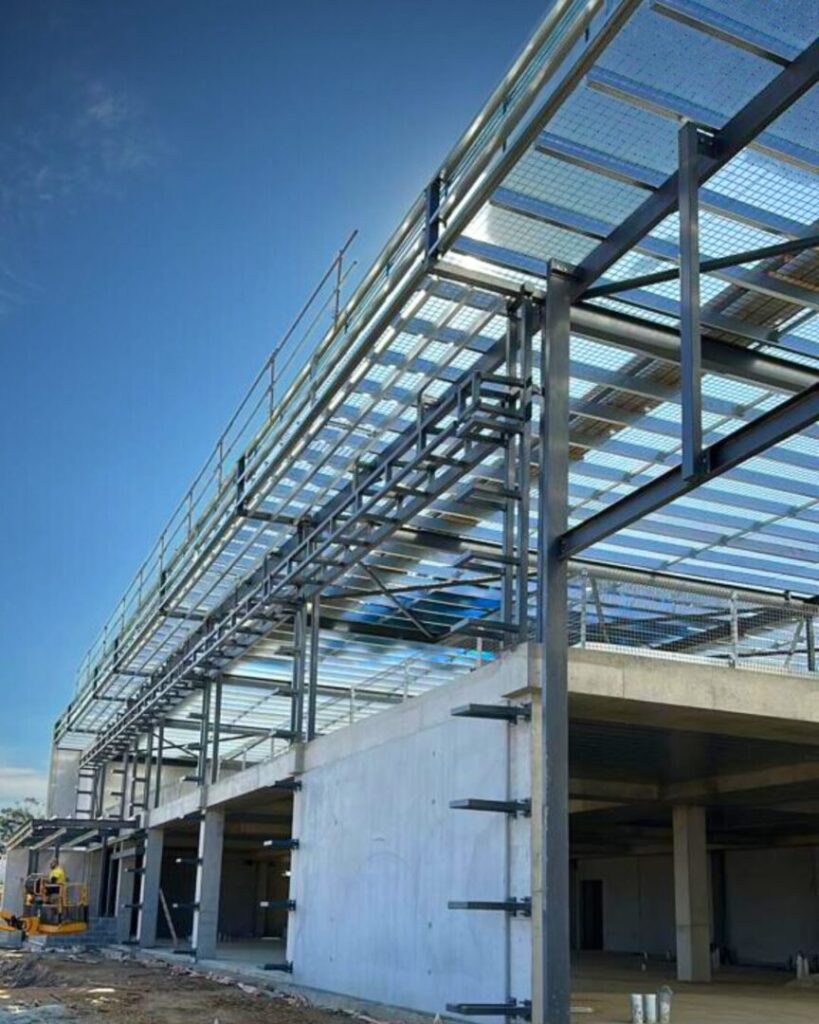Maximising Efficiency: Tips for Streamlining Onsite Steel Fabrication
Maximise efficiency in onsite steel fabrication with expert tips on planning, tools, material handling, waste reduction, quality control, and improved communication.
Are you looking for ways to increase productivity and minimise waste in onsite steel fabrication? If so, you’ve come to the right place. In this article, we will explore some tips for streamlining onsite steel fabrication to maximise efficiency.
Onsite steel fabrication is an important process that involves the construction of metal structures, such as bridges, buildings, and other infrastructure. This process involves a lot of time, effort, and resources, and it can be challenging to optimise it for maximum efficiency. However, with the right strategies and techniques, it’s possible to minimise waste, reduce costs, and increase productivity.
In this article, we’ll provide some practical tips for optimising the onsite steel fabrication process. We’ll cover everything from planning and preparation to execution and management. So, whether you’re a contractor, engineer, or fabricator, keep reading to learn how you can maximise efficiency in onsite steel fabrication.
Maximising Efficiency: Tips for Streamlining Onsite Steel Fabrication
Maximising efficiency in onsite steel fabrication requires a combination of planning, preparation, and execution. Here are some tips to help you streamline the process:
- Plan Ahead: One of the most important things you can do to maximise efficiency in onsite steel fabrication is to plan. This means developing a detailed project plan that includes timelines, budgets, and contingencies. You should also consider factors such as labour, equipment, and materials .A good project plan should identify potential risks and opportunities, and it should provide a roadmap for executing the project efficiently. By planning, you can reduce the likelihood of delays, errors, and other issues that can derail the project.
- Use the Right Tools and Equipment: Another key to maximising efficiency in onsite steel fabrication is using the right tools and equipment. This includes everything from welding machines and saws to cranes and forklifts. By using the right tools and equipment, you can reduce the time and effort required to complete tasks, and you can improve the quality of the final product. Make sure you invest in high-quality tools and equipment that are designed for the specific tasks you need to perform. You should also make sure that your team is trained and certified to use these tools and equipment safely and effectively.
- Optimise Material Handling: Material handling is a critical aspect of onsite steel fabrication, and it can have a significant impact on efficiency. By optimising material handling, you can reduce the time and effort required to move and position materials, and you can minimise waste and damage.Some strategies for optimising material handling include using cranes and forklifts, organising materials by type and size, and using proper lifting techniques. You should also ensure that materials are stored and transported in a way that minimises the risk of damage or contamination.
- Minimise Waste: Waste is a common problem in onsite steel fabrication, and it can be a major drain on resources and productivity. To minimise waste, you should identify areas where waste is likely to occur and take steps to prevent it. Some strategies for minimising waste include optimising material usage, recycling scrap materials, and using lean manufacturing techniques. By minimising waste, you can reduce costs, increase productivity, and improve the sustainability of your operations.
- Implement Quality Control: Implementing quality control measures is another important strategy for maximising efficiency in onsite steel fabrication. Quality control helps to ensure that the final product meets the required specifications, and it can help to prevent costly rework and delays. Some strategies for implementing quality control include performing regular inspections and testing, using standardised procedures and specifications, and maintaining accurate records. By implementing quality control, you can improve the quality of your products, and improve communication and collaboration
- Effective Communication: Effective communication and collaboration are essential for maximising efficiency in onsite steel fabrication. This includes communication between contractors, engineers, fabricators, and other stakeholders, as well as communication within your team. Some strategies for improving communication and collaboration include using project management software, holding regular meetings and check-ins, and providing clear and concise instructions. By improving communication and collaboration, you can reduce the risk of misunderstandings and errors and you can ensure that everyone is working towards the same goals.
- Monitor Progress and Adjust as Needed: Finally, it’s important to monitor progress and adjust your approach as needed throughout the onsite steel fabrication process. This means tracking key metrics, such as time and cost, and making adjustments to your project plan and execution strategy as necessary. By monitoring progress and making adjustments, you can identify and address potential issues before they become major problems, and you can optimise the process for maximum efficiency.



